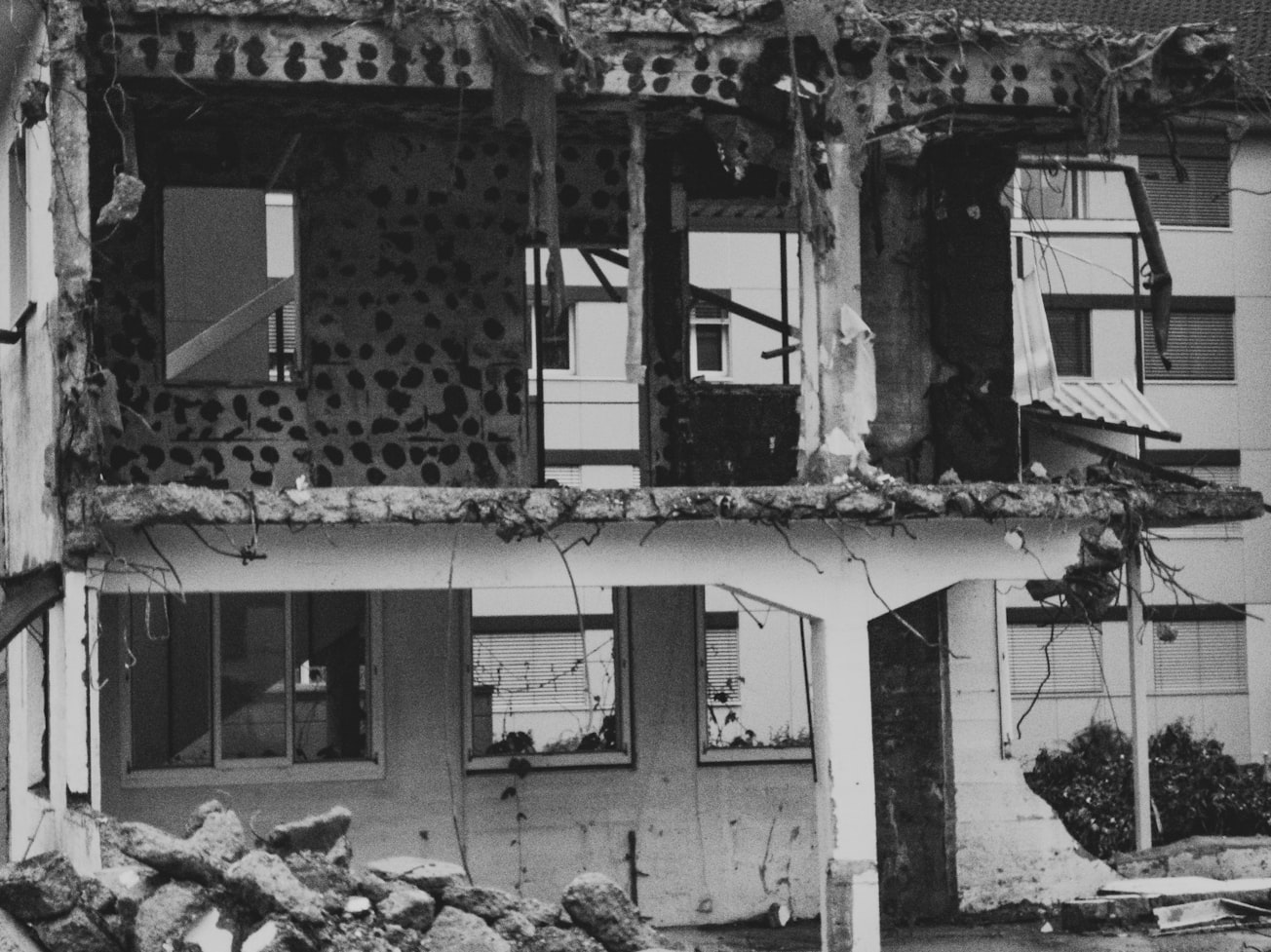What is it about?
ABSTRACT: Due to political, economical and social conditions dominating the Occupied Palestinian Territories (OPT; consisting of the West Bank, including East Jerusalem, and the Gaza Strip), the Palestinian people and government in the OPT face a multitude of challenges, in relation to governance, development, sustainability, and natural disasters. In this paper, several interventions that form the basis of some present and future Palestinian developmental and planning dilemmas are tackled. Among the challenges the Palestinian people facing are natural disasters. Such disasters have caused enormous losses and have set back economic progress in developed and undeveloped countries alike. On the Palestinian arena, the water shortages, the environmental degradation, and the land and natural resources' depletion, which all go hand in hand with the political conflict in the Middle East, are perceived to be the most significant anthropogenic disasters currently affecting the Palestinian people in the OPT. In addition, natural disasters are significantly considered a potential threat to the OPT's population. Earthquakes in the region are considered a major hazard, with low probability but high adverse impacts. Adding to this, the proposed Red Sea-Dead Sea Conveyance that will bring about two billion cubic meter of saline water from the Red Sea to the Dead Sea will be potentially, if constructed, a huge source of induced earthquakes. Moreover, the future looks not so promising; due to the rapid population growth and the way the cities are developing in the OPT, as more than 50% of the Palestinian population lives in what is defined as 'hazard-prone' areas. These areas are particularly vulnerable, because of their dependence on complex infrastructures. Moreover, the lack of knowledgeable professionals and technical capabilities in the OPT, in regard to disaster-sound management, is another reason for the current chaotic situation. FOR CITATION: El-Atrash, A.A., Salem, H.S., and Isaac, J.E. 2008. Disaster mitigation towards sustainable development in the Occupied Palestinian Territories. A paper presented at The Seismic Engineering Conference, Commemorating the 1908-Messina and Reggio Calabria Earthquake, Italy, AIP Conference Proceedings, Vol. 1020: 1934–1942, The Smithsonian/NASA Astrophysics Data System, July 8–11, 2008. https://www.researchgate.net/publication/255826851_Disaster_Mitigation_Towards_Sustainable_Development_in_the_Occupied_Palestinian_Territories
Featured Image

Photo by Yves Moret on Unsplash
Why is it important?
This paper sheds light on the complicated conditions that the Palestinian people are living under very harsh conditions exerted as a result of the Israeli occupation of the Palestinian Territories since June 1967. These complex conditions are political, economic, social, environmental, as well as anthropogenic, such as environmental pollution and water shortage, and natural disasters, such as earthquakes.
Perspectives
Aside from the very difficult life conditions resulted from the Israeli occupation of the Palestinian territories and total control that the Israeli occupation forces are imposing on the Palestinian people under occupation, natural disasters, such as earthquakes, are significantly considered a potential threat to the Palestinian population in the Occupied Palestinian Territories. Earthquakes in the region are considered a major hazard and gross threat, with high adverse impacts, especially in the lack of any measures of readiness, such as risk management techniques or mechanisms.
Prof. Dr. Hilmi S. Salem
Read the Original
This page is a summary of: Disaster Mitigation Towards Sustainable Development in the Occupied Palestinian Territories, January 2008, American Institute of Physics,
DOI: 10.1063/1.2963831.
You can read the full text:
Contributors
The following have contributed to this page







